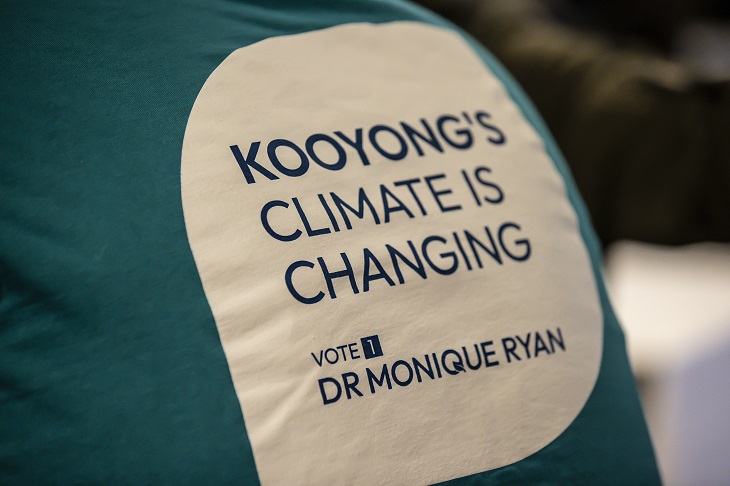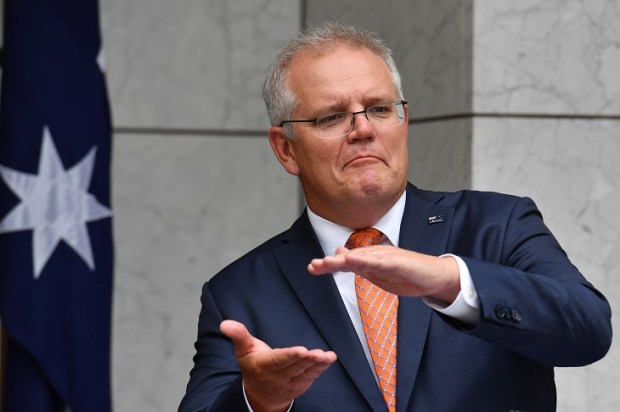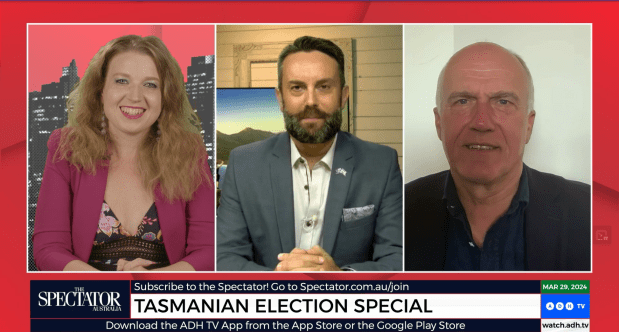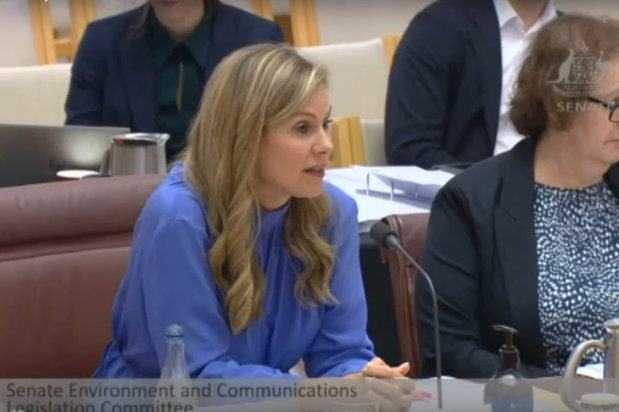As an outside observer, my opinion of the recent federal election may well be different from both the politicians and the professional commentators.
There are many opinions, many of which may be true or partly true and some which are totally incorrect, but the more that surface the better our understanding will be in the long run.
The demographics of Australia’s political parties has changed over the past twenty years…
The Labor Party used to represent the working class man – the blue-collar worker who was supposedly treated badly by his employer.
Personally, I doubt that has been the case since at least the seventies and maybe long before, when labour started to become expensive and in in short supply. Employers, especially in small and medium companies, appreciated their employees as partners working toward making the company profitable. This benefited both the employer and employee. In addition, the working man was becoming wealthier and wanted the same standard of living as his employer.
This was not always the case in large organisations, which were highly unionised and where personal relationships were not common between management and the worker. Strong unions operated, but as time went on big companies managed to reduce their workforce and increase wages. Unions lost their foothold in most industries, especially when those industries folded because they could not compete internationally, or when they changed over to a workforce employed under specific contracts.
The major exception to this trend falls within government jobs; public service, health, education, police and city-based emergency services. These are now the core of the union movement and of the Labor Party. These workers are generally well paid, well educated, have secure employment, and enjoy working conditions amongst the best to be found anywhere.
In the early nineties, unions started to benefit from the new superannuation scheme introduced by Labor. Unions immediately started up and managed superannuation funds. This meant that they had a steady stream of money, real money, entering their coffers every single pay day. There was little control on superannuation fund management. As the funds gained wealth they also became a financial sector to be considered. Soon, the superannuation funds were large enough to exert financial pressure on businesses and investments for political purposes. They also became allied to other financial institutions.
Labor today has a very different following to its origin. Now it is the educated and wealthy who favour Labor because they benefited directly from Labor policies created to maintain that electorate support. They have lost their previous voters, who are not unionised and often work in the gig or casual sectors. They have also lost their trade and skilled followers, who have become small business people or who earn very good money because of their skills. Labor and their financial and power backers, the union, are not really interested in these people because they are too difficult to organise and the unions don’t need their contributions – they have plenty of funds from elsewhere.
Where the Labor party used to proclaim social benefits for the working class, they now proclaim social benefits for the wealthier members of society, their new electoral base.
Most senior union bosses and Labor career politicians have tertiary qualifications, though rarely in the hard sciences. There is little room for a shop floor worker to climb the union movement ladder or aspire to enter politics. It’s the old story of who you know and scratching backs.
Although Labor did win a majority of seats and will govern as a majority party, they lost their primary vote. Their former supporters abandoned them in droves. There is no public mandate for the Labor government.
The Liberal Party was founded by Robert Menzies in 1944 as a rebellion against the then-conservative parties who favoured the rich and powerful. He established the party to cater for the requirements of the middle class, the tradesmen and shopkeepers, the farmers and the ordinary worker who wanted to improve their lot. It did not follow the socialist policies of Labor, rather they advocated small government, self-determination, national security, balanced budgets, and fiscal restraint.
As the country became wealthier, the upper echelons of the Liberal Party moved closer to big business. It was a drift towards distribution of social welfare and the buying of votes. They started to cater for big business and they were prepared to collude with any group who could assist in retaining power over the treasury. Slowly, until the last government, fiscal responsibility was loosened, though still preached. During the Morrison government all fiscal restraint was released and it was big business which benefited most from government largesse, not individual people. The core Menzies groups were left out in the cold to flounder and suffer from the policies of both federal and state governments.
The Liberals ended up with no policies which their faithful electorate could understand or agree with. They even reversed some of their earlier, favoured, policies. There was nothing of benefit for the Liberal faithful. They saw that they had been sold out by a government only intent on retaining the government benches. The Liberals have lost their way and the electorate had no option but to abandon them in droves. Although the Liberals won more of the primary vote than Labor, they did not get preferences. Trust and faith were lost and so were the seats.
The National Party has always represented the farmer – the man on the land – the rural citizen. In addition, they moved to try and represent the new country dwellers, the miners. They have been successful in retaining that electorate, but they were never a possibility for forming a government, they were always the hand maidens of the Liberal Party.
Unless they can cater properly to a larger electorate then they will always be left in the cold because now most people live in cities and few are directly dependent upon the land.
The Greens have done well in the past couple of decades. They have few practical policies and they would probably be a disaster if they ever had control of government benches, but they are vocal and emotional and subscribe to some fashionable social views. They do not appear to be very fiscally responsible, practical or technically knowledgeable, but they are never seriously questioned on their policies, so they get away with them. As a party never likely to gain the government benches they can (and do) exert pressure as a large cross bench group, who are well organised. They are more socialist than Labor.
Then we have a hodgepodge of independent parties and people. United Australian was basically conservative, but mainly anti-Labor. However, they advocated to vote against the Liberals, due to the government’s multitude of failings. But perhaps their worst error was to allow their founder and financial backer, Clive Palmer to be their spokesman, especially as the UAP were seen to be Palmer’s party. Australians do not like people to own political parties, they do not like egotists. The same can be said for Pauline Hanson’s One Nation. There was really not too much wrong with her more conservative policies, but the party bore her name, a no go in Australia. She was supported but not her party.
The Teals, with just a small target of two policy phrases but no actual policy, received less primary votes than the UAP, but they were financed and managed by an astute businessman who managed to keep his name from the public gaze. They targeted wealthy inner-city seats in Melbourne and Sydney where the Liberal sitting members were especially weak on actual Liberal policies. Their candidates were mostly wealthy women who received excellent press coverage. The strategy was successful in getting rid of wet Liberals and keeping out Labor and the Greens.
There were a whole series of independent candidates who won seats, most notably Dai Le who defeated a favoured Labor candidate in a strong Labor seat. This showed that it was the local candidate who paid interest in local affairs that could step up and defeat a well-financed major party candidate. This, apart from any other result, must have sent shock waves through not only the Labor party but the Liberals as well.
This group gathered a third of all primary votes and a bucketful of seats
So, what is my take on this election?
Both major parties are on the nose with the electorate. They are both following policies that did not resonate with their previous core group of supporters. They favoured fashionable, but not very popular, social policies and neither explained how they were going to pay for their multitude of promises or help the economy recover from the excess expenditure during the Covid crisis. Neither party had a vision for the future, they merely proclaimed different fearful visions for the future and against their opponents. Nor did the major parties pay any attention to the problems facing the underemployed, those who cannot afford to get into the housing market, or those concerned about their rising living costs and the possibility that their living standard are falling. Labor and Liberal both believe that by giving goodies to their favoured electoral groups they can buy their way onto the government benches.
The political sphere in Australia is currently in a state of flux. The field is wide open for good leaders with solid policies which they can explain to the electorate as beneficial to the country and to them. We need the leaders to begin with.
Got something to add? Join the discussion and comment below.
Get 10 issues for just $10
Subscribe to The Spectator Australia today for the next 10 magazine issues, plus full online access, for just $10.


























Comments
Don't miss out
Join the conversation with other Spectator Australia readers. Subscribe to leave a comment.
SUBSCRIBEAlready a subscriber? Log in